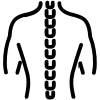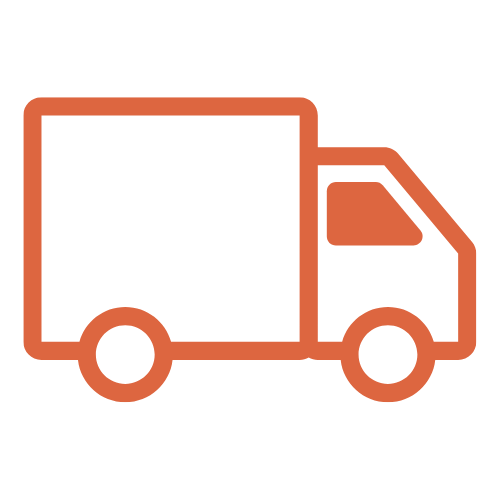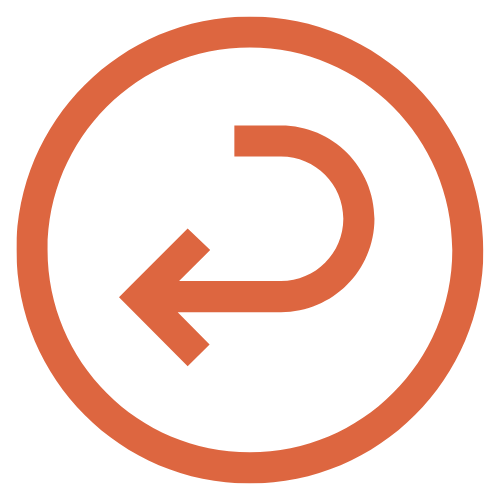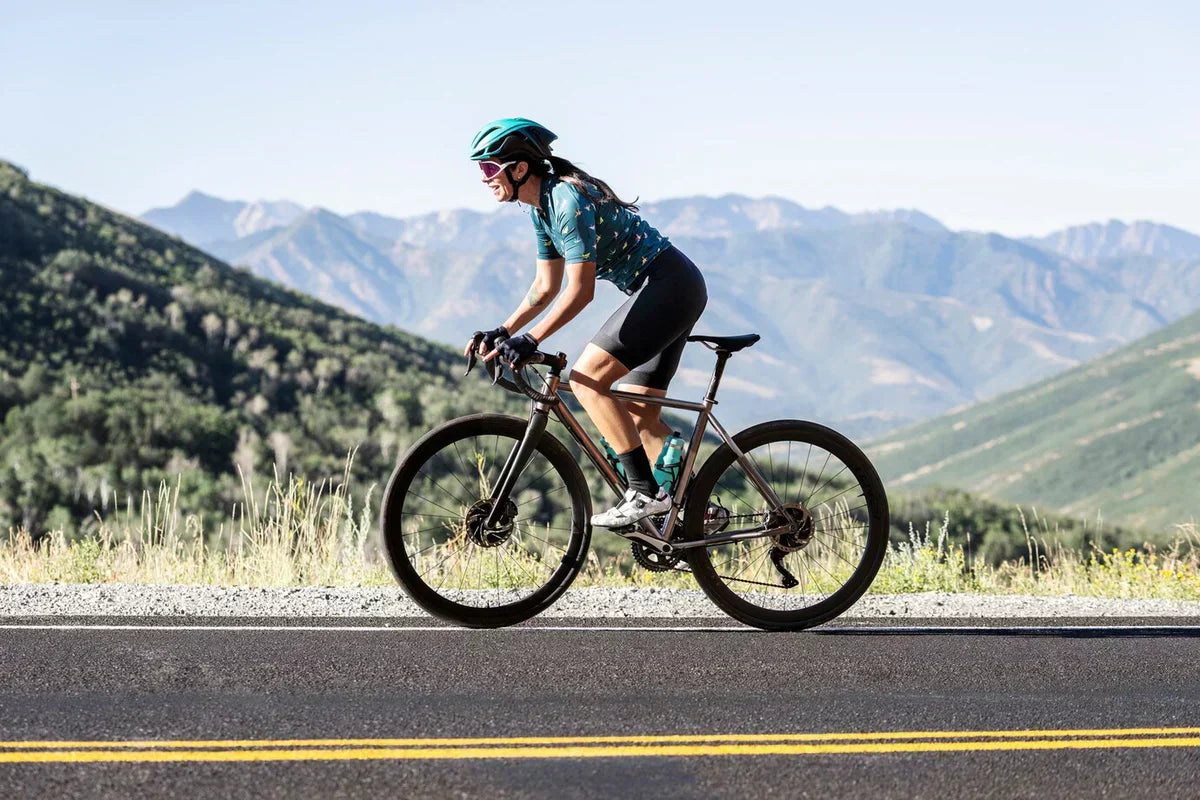Does your back hurt when you cycle? According to one study, more than half of all cyclists deal with lower back pain. While cycling is great for cardiovascular health and easy on the joints, improper cycling posture or an incorrect bike setup can lead to pain.
Below, we’ve outlined some of the common causes of back pain when cycling—as well as helpful tips to keep your rides pain-free.
What Causes Back Pain When Cycling?
Poor Cycling Posture
Incorrect posture is the most common culprit. If your saddle is too high or too low or your handlebars are improperly adjusted, your back will compensate, leading to pain. For example, when your handlebar is too low, it forces you to hunch forward. That excessive bend increases stress on your lower back.
Overusing Back Muscles
Cycling primarily engages your leg muscles—especially your quadriceps and calves—but if your core is weak or imbalanced, your lower back takes on extra strain. A low pedaling cadence or poor technique can also lead to the same problem. Studies have shown that prolonged forward bending fatigues the lower back muscles, making it harder for them to support your spine.
Road Conditions & Bike Setup
Riding on rough or uneven surfaces without proper shock absorption increases stress on the spine. If your bike lacks suspension or proper cushioning, every bump and vibration travels through your spine, worsening back pain.

How to Prevent Back Pain While Cycling
Improve Your Bike Setup
Making small tweaks to your bike setup can make a huge difference:
- Saddle height: Your knee should have a slight bend when the pedal is at its lowest point.
- Saddle tilt: A slight forward tilt helps reduce pressure on the lower back.
- Handlebar height: Your handlebars should be at a comfortable height to keep you from bending too far forward.
Check Your Posture
When you cycle, keep your shoulders relaxed, elbows slightly bent, and back straight. Engage your core muscles to support your spine, and make sure not to hunch forward as you ride.
Optimize Your Pedaling Technique
A smooth, circular pedaling motion helps evenly distribute your muscles’ effort. Additionally, pedaling at a higher cadence (more revolutions per minute) reduces strain on your lower back.
Solutions for Cycling-Related Back Pain
Stretching for Cyclists
Stretching before and after rides keeps you flexible and prevents tight muscles. Here are three great stretches for cyclists:
- Hamstring Stretch: Stand with your feet together and reach down toward your toes. Hold for 30 seconds.
- Glute Stretch: While lying on your bank, cross one ankle over the opposite knee and pull the leg toward your chest.
- Lower Back Stretch: Lie on your stomach with your hands under your shoulders. Push your chest up while keeping your hips on the ground.
Strengthening Your Core
A strong core supports your spine and improves your cycling posture. Add exercises like planks and back extensions to your exercise routine to improve your stability.
Using the Right Equipment
Choosing the right bike can significantly reduce strain on your back. Look for:
- A properly fitted frame that matches your height and reach.
- Suspension systems to absorb road shocks.
- An ergonomic saddle that supports your pelvis and spine.
Final Thoughts
By improving your posture, adjusting your bike setup, and incorporating strength training and stretching into your routine, you can cycle pain-free. Small changes make a big difference—so follow these tips and hit the road with confidence!
FAQs: Cycling & Back Pain
Is cycling bad for your back?
Cycling isn’t bad for your back if you ride with good posture and use a bike that fits your body correctly. In fact, cycling even can be beneficial for your back when done the right way.
What is the main cause of lower back pain in cyclists?
Poor posture, incorrect saddle height, and weak core muscles are the most common causes.
How can I relieve cycling-related back pain?
Stretching, core strengthening, and adjusting the fit of your bike can all help reduce discomfort.
What is the correct saddle height?
Your knee should be slightly bent when the pedal is at its lowest position.
How should my handlebars be positioned?
Your handlebars should be at a height that allows you to ride comfortably without bending forward too much.
How do I know if my bike is properly adjusted?
If you can ride without pain, your knees are slightly bent at the lowest pedal position, and you can comfortably reach your handlebars, then your bike is likely adjusted properly.
With these tips and tricks, you’ll be able to enjoy longer, more comfortable rides without worrying about back pain!











